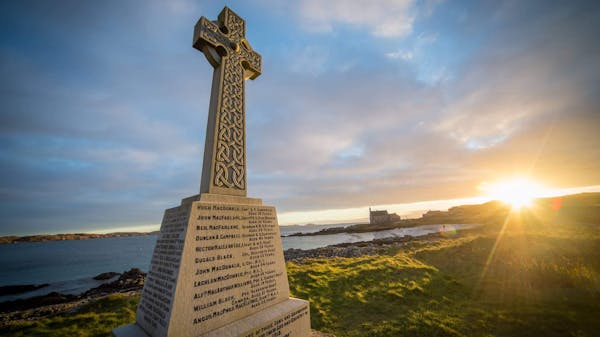THE HUGUENOTS AND THE CHURCH IN THE WILDERNESS
In 1598 Henry IV of France signed the Edict of Nantes into law. The Edict ended a long and tenuous struggle to recognise the rights of French Protestants, especially their right to freedom of conscience. The beleaguered French Protestants finally had the reprieve they had been looking for after decades of bloody and protracted conflict. But the French Protestants, known colloquially as Huguenots, did not enjoy this freedom indefinitely.
Less than 100 years later, Henry’s grandson Louis XIV signed the Revocation of The Edict of Nantes into law. The Revocation withdrew every freedom the original Edict had ceded to the Huguenots, effectively nullifying their basic rights as French Citizens. The most important of these was their right to freedom of conscience. From that point forward Huguenots were forbidden to practice the reformed faith and were forced to become Catholics.
In the wake of the Revocation all Protestant churches were demolished and Protestantim, as an organised religion, was dismantled piece by piece. Bibles were outlawed as were Protestant services. It became illegal to practice the reformed faith even in the confines of one’s own home. Huguenots who refused to attend mass were arrested and either burned or put to work as galley slaves.
No one was sure which was worse. The life of a galley slave was miserable but then again so was the prospect of being burned alive. With the sword of the King and the horror of the galleys constantly hanging over them, Huguenots began a mass exodus across the border, escaping the oppression and intolerance in droves. They slipped away unnoticed in the dead of night or disguised in the broad light of day.
Those who stayed behind did so at great personal risk. They were forced to worship secretly, hiding their bibles in custom made crevices behind false walls and in chimneys, conducting their worship services in the wilds of the French mountains under cover of night. These worship services were conducted by a small knot of pastors, outlawed for their profession but choosing to serve God at the risk of their own lives nonetheless.
Most Huguenot homes had a secret crevice, a man hole of sorts, to hide pastors in. The Durand home in Bouchet-Du-Pransles had a small hole located directly beneath the fireplace in their kitchen. In the event of a raid, the fire would be hastily put out and the pastor would be lowered into the hole, which had only enough room for him to stand upright. The fire would then be reignited over the hole and a boiling pot placed over it.

